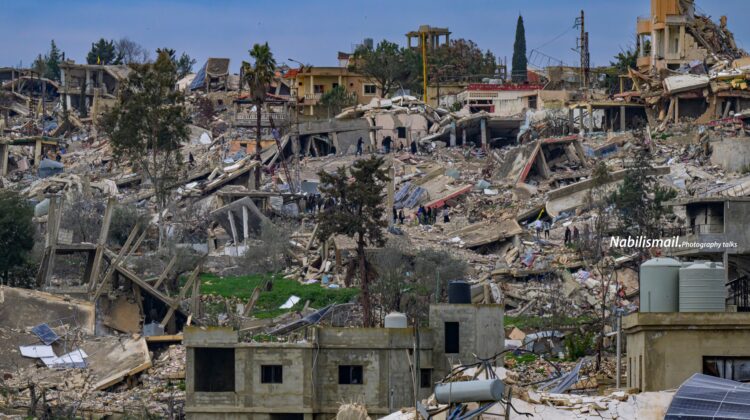The National Council for Scientific Research released a comprehensive report for the Lebanese authorities, documenting all forms of Israeli attacks that took place between October 8, 2023, and the ceasefire enforcement on November 27, 2024. The report includes various types of attacks, such as bombings, airstrikes, and phosphorus shells, and also details their frequency, intensity, and geographical distribution.
For who are not familiar with the CNRS-L, it was established in 1962 and aims at encouraging scientific research and supporting human resources development along the general scientific policies adopted by the government. It has two functions:
– Advisory function: The CNRS draws the general outline of the National Science Policy and formulates proposals and suggestions to the government and carries out surveys and inventories of on-going research activities in private and public institutions in the country.
– Executive Function: Consists in the implementation of the National Science Policy. To achieve this objective, the CNRS initiates, encourages and coordinates research. In addition, it leads and organizes scientific research activities within its defined work programs and research centers. [Source]
Here are some key findings from the 56-page report:
– The total number of attacks was 14,775, including 13,774 airstrikes and bombings, 284 phosphorus shells, 286 incendiary and flare bombs, and 28 cluster bombs.
– Nabatieh and the South were the most affected areas by the attacks, with 8,574 attacks recorded in Nabatieh alone.
– Haret Hreik, Chiyah, and Hadath were the most frequently attacked areas in the Baabda district.
– The villages of Aayta Ech-Chaab, Khiyam, and Naqoura were attacked over 400 times.
– Marjaayoun suffered the most phosphorus attacks (184).
– The total death toll from the Israeli offensive was 3,961 by November 2024, with over 16,500 injured.
– 248 children were killed, and 1,436 were injured by Israeli attacks.
– The “pager & walkie-talkie” attacks killed 39 people and injured 3,200 others.
– 353 buildings were totally destroyed in Beirut’s southern suburbs. The estimated weight of the rubble from totally destroyed buildings is between 2 and 3.9 million tons.
This is an incredibly meticulous report, you can check it out [here].











[vivafbcomment]